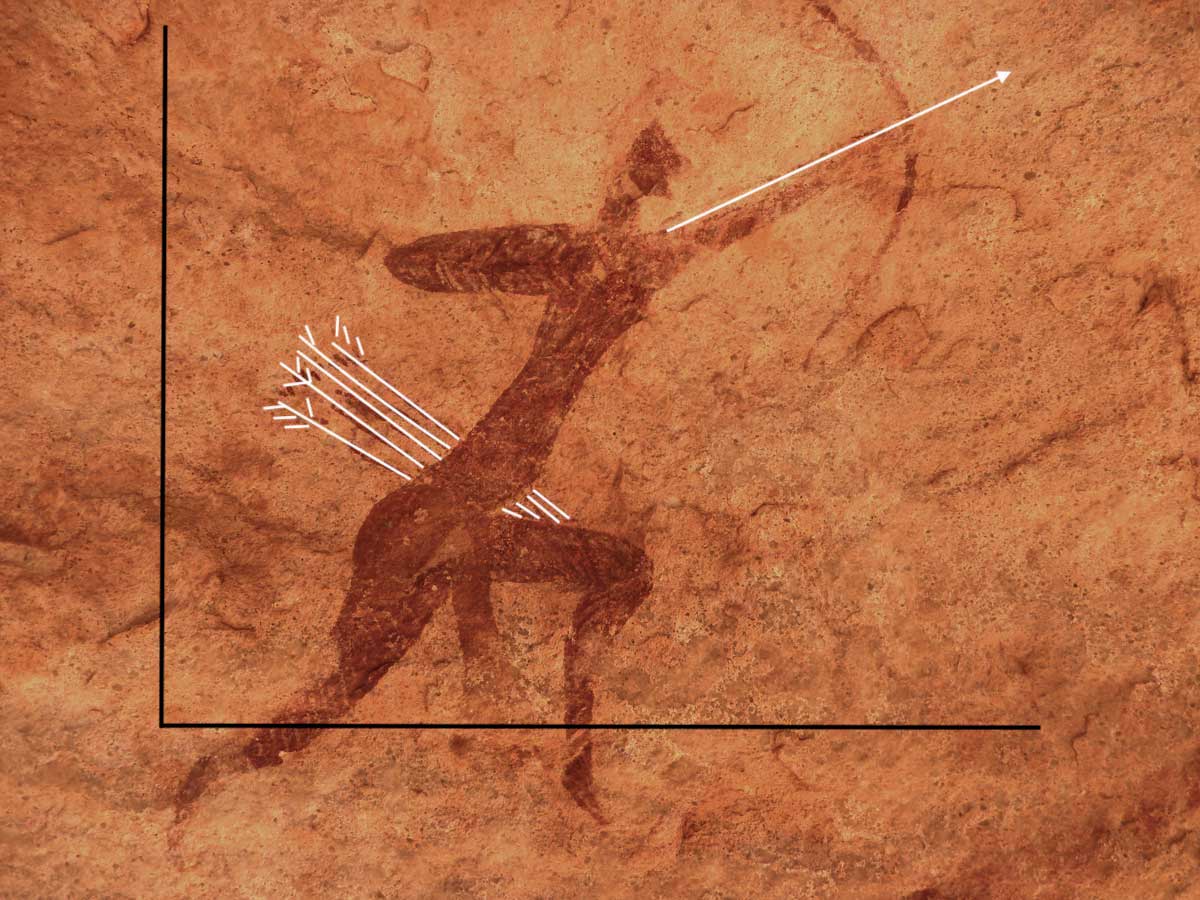The Aesthetics of Upward Arrow
February 25, 2019
Are arrows going up more beautiful than arrows going down? The upward arrow seems deeply embedded within the psyche of modern man. It inspires a positive emotional response while a downward arrow triggers negative feelings. The Simple Growth Obsession Test shows this default response also occurs when the viewer doesn’t know the context in which the arrow is presented. In graphs the upward arrow signifies an accumulation. Our aesthetic preference for the upward arrow therefor makes a subconscious positive pre-selection towards growth. When confronted with beauty we often feel defenceless against its deeper message, which explains why context may seem irrelevant. But of course it’s not. Perceptions of beauty are sometimes thought to be determined by natural selection; that things, aspects of people and landscapes considered beautiful, are typically found in situations likely to give enhanced survival of the perceiving human’s genes. The upward arrow may over time have become such a signifier. They may be recognised on some deep hidden level by genetic biological programs. Our aesthetic preference could be caused because of its symbolic promise of favourable circumstance. How much of this preference is cultural and how much biological programming? Indeed the arrow was among man’s earliest tools. They empowered him, as did the drawings of arrows early man painted on cave walls. They had magical significance. Paintings of arrows (and wild animals) allowed man a sense of protection and control over his violent environment. One only has to open a financial newspaper to recognise not much has changed since then. The question then is how to break the arrow.